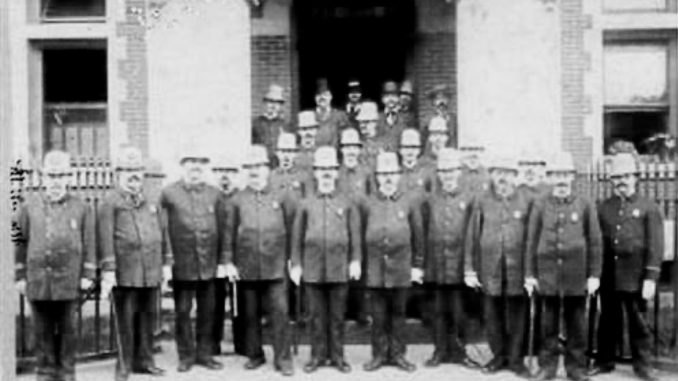
![]()
Introduction
A time-honored maxim of the Police Department of the City of New York (PDNY/NYPD) is to “Never Forget” those who sacrificed their lives in service to the citizens of the city. No other police department does it better than the NYPD. Over the years, many researchers have come across cases that have gone unnoticed by the department, or have escaped prior efforts to recognize every officer’s sacrifice. Fortunately, the department welcomes referrals for review from anyone who has information that may, after going through an in-depth internal review process, may result in an officer’s death being formally recognized as a line-of-duty death (LODD).
This is an interesting case for review as it was witnessed by the highest levels of leadership in the department. The circumstances that led to this death were bizarre by today’s standards, and were unusual at the time. Did the methods, and timing, of surprise inspections at station-houses in Brooklyn and Queens have a causal relation to a police lieutenant’s death?
This is the story of the untimely and tragic death of Lieutenant (Lt.) John Thomas Callahan, on January 10, 1909.
Note: The following information was sourced from several New York City newspapers, as well as genealogical, New York State, U.S. Census, official City of New York, City of Brooklyn, Brooklyn Department of Police and Excise (Brooklyn PD), and period PDNY records.
Background
Professional Information:
John T. Callahan was appointed as a Patrolman on April 11, 1889 by Police Commissioner James D. Bell of the Brooklyn PD. On July 2, 1894, he was promoted to the now defunct rank of Roundsman (equivalent to today’s rank of Sergeant). Roundsman Callahan took the promotional exam for Sergeant in June 1896, and in December 1897, he was listed on the merit eligible list for promotion to Detective Sergeant (a non-civil service promotion). That same month, Roundsman Callahan was listed on the civil service eligible list for promotion to Sergeant.
On January 1,1898, the Cities of New York and Brooklyn, as well as the towns and villages in the Counties of Kings, Queens, Richmond, and the (not yet county of) Bronx, were consolidated to form the City of Greater New York. Officers from the various police departments joined the PDNY.
As a result of the Consolidation Act, Brooklyn’s Thirteenth Precinct Station-house (13th Pct. S-h), located at Tompkins and Vernon Avenues, was re-designated as the PDNY’s Fifty-eighth Precinct Station-house (58th Pct S-h). The address of the 58th Pct. S-h was 148 Vernon Ave., at the northwest corner of Tompkins and Vernon Aves.
Roundsman Callahan was promoted to the rank of Sergeant on January 8, 1901, in the PDNY.
Sergeant Callahan, and two others, rescued two women from drowning on July 15, 1907, at Bath Beach, Brooklyn. For his heroic actions, he received a Commendation.
On April 20, 1909, Police Commissioner (PC) Theodore A. Bingham (1906-1909), a retired U.S. Army General, issued General Order 20, which changed the rank structure and titles of the PDNY to be aligned with that of the U.S. Military. As a result, Sergeant Callahan became Lieutenant Callahan, Shield 480, and roundsmen became sergeants.
Personal Information:
John T. Callahan was born on February 22, 1860, in Rhode Island. His parents, Patrick Callahan and Mary McElroy were born in Monaghan, Ireland and immigrated to the United States in 1853. Prior to his appointment with the PDNY, he was a coffee roaster.
John was raised in Brooklyn and married Margaret Phillips on August 9, 1894. It appears that both John and Margaret each brought two children from previous marriages into the new family. In 1905, the Callahans resided at 167 Tompkins Ave, Brooklyn. Listed on the U.S. Census were John T. Callahan (age 49), Margaret Callahan (age 44), Austin Callahan, (age 16), and Catherine Callahan (age 13). Also listed were Margaret’s children Christopher J. Phillips (age 19) and Robert P. Phillips (age 13), John’s stepsons.
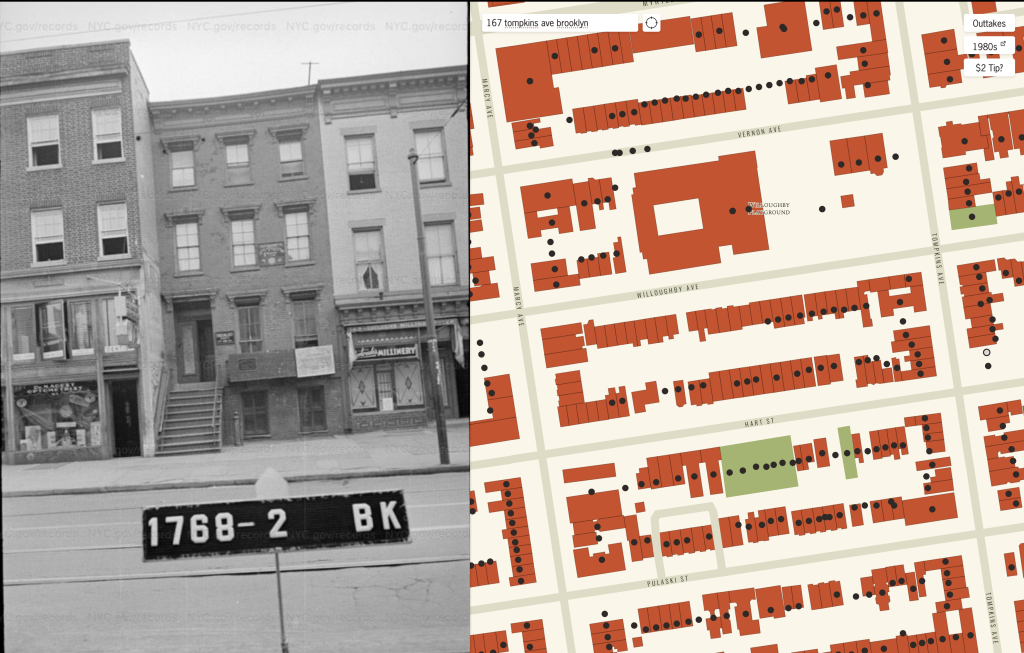
While research did not disclose the fact that a meeting(s) took place amongst the highest levels of the PDNY to plan the evening’s assignment, certainly there must have been a concerted, deliberate effort to plan and coordinate their actions. The following facts will bear this out.
The Surprise Inspections
The following executive staff personnel of the PDNY played roles in the events that unfolded after midnight on Sunday, January 10, 1909 (after 11:59 pm Saturday):
Police Commissioner Theodore Bingham (ultimately responsible for plans & actions)
Daniel Slattery, the PC’s Private Secretary (who led a team/party)
Deputy Commissioners:
First Deputy Commissioner William F. Baker (later became PC)
Second Deputy Commissioner Frederick H. Bugher (later became PC)
Third Deputy Commissioner Arthur Woods, Esq. (later became PC)
Fourth Deputy Commissioner Bert Hanson, Esq. (served January 1907 – July 1909, was elevated to 1st DC, and was fired by Mayor George B. McClellan after a series of negative press reports based on his actions during his tenure)
Inspectors:
“Smiling Dick” Walsh , Miles O’Reilly, Maximillian F. Schmittberger (became Chief Inspector, equivalent to today’s Chief of Department), & Johnny Russell
Approximately thirty-five lieutenants and two secretaries, divided into teams, assigned to each of the above-listed men
Each team had a department automobile, and was assigned to perform surprise inspections of the men, and the conditions, at every station-house in the Boroughs of Queens and Brooklyn. Each man had a “list of questions” to use as a guide for the inspections and “went upon their business in a way that was preconcerted. They were to surprise the men, it was understood, even if they had to scale fences and climb in by back-doors. This was done in more than one instance” according to the Brooklyn Daily Eagle, on January 11.
The following table illustrates the number, and borough, of inspections as well as notable findings.
| PC’s Secy. Daniel Slattery | ||
| DC Bugher | Brooklyn HQ Switchboard | Intercepted & noted “heads-up” calls between station-houses & officers |
| DC Baker | 7 Bklyn. Precincts | Inspections resulted in good findings. |
| DC Woods & Insp. Schmittberger | 3 Queens Precincts | 285th Pct. A Sergeant ran away & was chased down by DC Woods in an automobile. Rockaway S-h, Lt. Wm. Sullivan asleep on couch “rolled up in a blanket.” |
| DC Hanson | 7 Bklyn. Precincts | At the 152nd Pct. found a man in civilian clothes asleep in a stable. Man gave false name & ran, Discovered to be the patrol Lt. His uniform was seized from his locker. Lt. Callahan died. |
| Insp. Walsh | 7 Bklyn. Precincts | |
| Insp. O’Reilly | 5 Bklyn. Precincts | Blotter irregularities, men in S-h rather than on patrol. |
| Insp. Russell | 6 Queens Precincts | |
| Eight Teams | 36 Locations |
In the middle of the night, on Sunday, January 10, 1909, the automobiles “slipped over the (East) river, some by the Hamilton and Astoria ferries, others via the Queensboro Bridge” and made their way to their respective first stops. At precisely 3:00 am, the above-listed Deputy Police Commissioners and Inspectors, traveling with members of their staff, in seven separate automobiles, arrived at station-houses in Brooklyn and Queens to conduct the surprise inspections.
By the end of the night, every station-house in each of the two boroughs was visited. The license plates bearing the letters “P.D.,” as well as any identifying numbers, were removed from the automobiles. The vehicles’ occupants wore goggles to conceal their identity from any officers on the lookout for the station-house inspectors.
Fright Hastens Policeman’s Death” –
Headline – The New York Times, January 11, 1909.
In one of the several Brooklyn Daily Eagle articles published on January 11, Lt. Callahan is described as “a very nervous man, always nervous, extremely sensitive and according to his superior officers, exceedingly conscientious.”
Lt. Callahan’s brother, Patrick E. Callahan, was an Assistant Corporation Counsel (attorney for NYC).
Regarding the title of this article, “The Shocking & Untimely Death of Lt. John T. Callahan, January 10, 1909,” at approximately 5:00 am, DC Hanson and five members of his staff exited their automobile at Tompkins and Myrtle Avenues, Brooklyn, and walked one block to the 158th Pct. S-h for the purpose of conducting a surprise inspection. They did not use the front door. They scaled an eight foot high iron picket fence and entered via unlocked ground floor windows.
The commanding officer of the precinct, Captain John Buchanan, was out on patrol at the time of the inspection. Detective John Finley was asleep (authorized) in a room on the first floor. It was a long-standing custom that Captains were on-duty, and permitted to sleep in the station-house, on Saturday nights, the most troublesome night of the week. Other members of the inspection party entered via the adjoining Patrol Wagon House.
A pre-arranged signal was given, and the party, which had entered through the windows unnoticed, “suddenly threw open the doors of the rooms they were in and they rushed into the muster room, Callahan, greatly startled, tried to rise from his chair.” Lt. Callahan, Lt. Gray, and Doorman Samuel Pierson, were awake and on-duty.
Lt. Gray was in charge of the officers on reserve. As part of the duty chart, officers slept in a dormitory on an upper floor, in case of emergency.
DC Hanson entered the area behind the desk and inspected the blotter. Det. Finley, and the awakened reserve officers were brought into the muster room.”
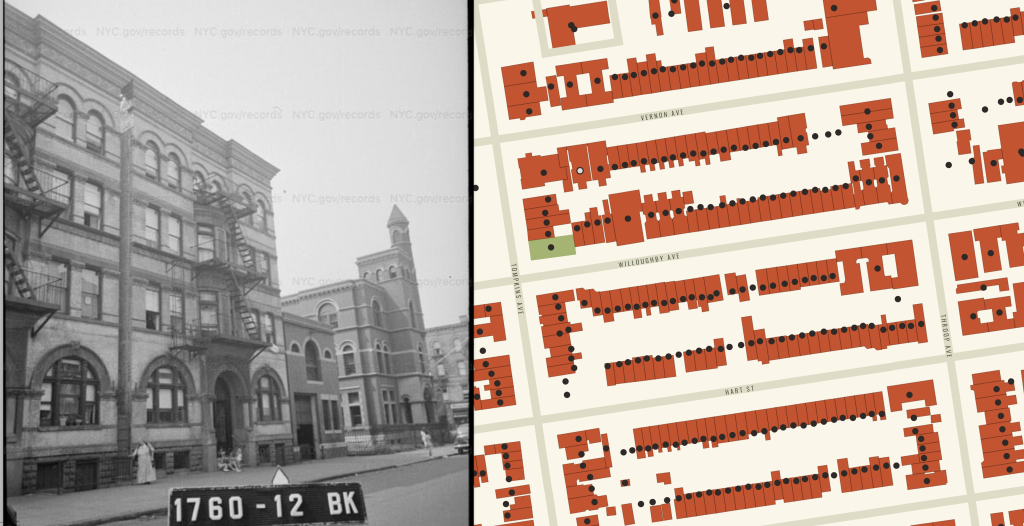
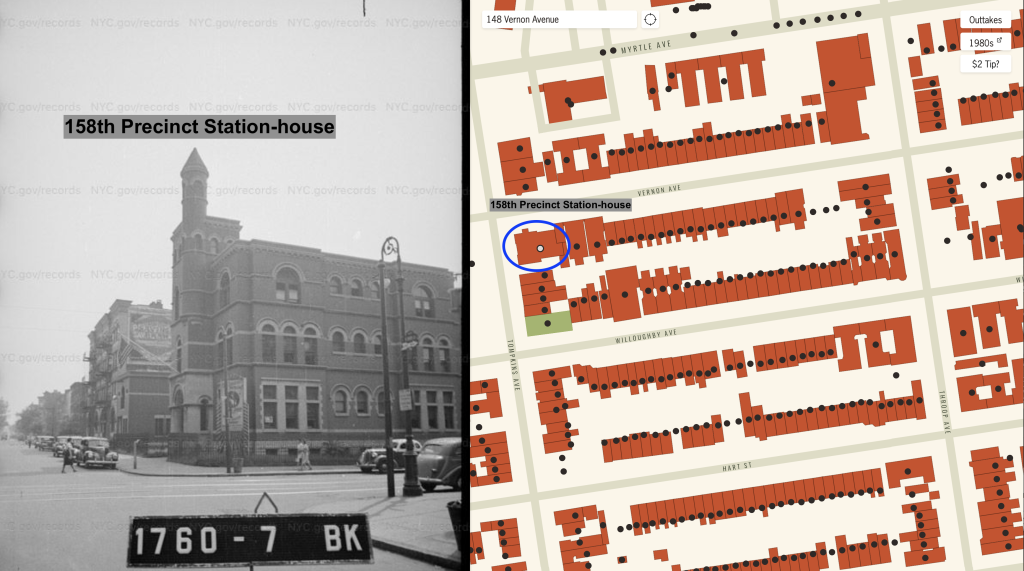
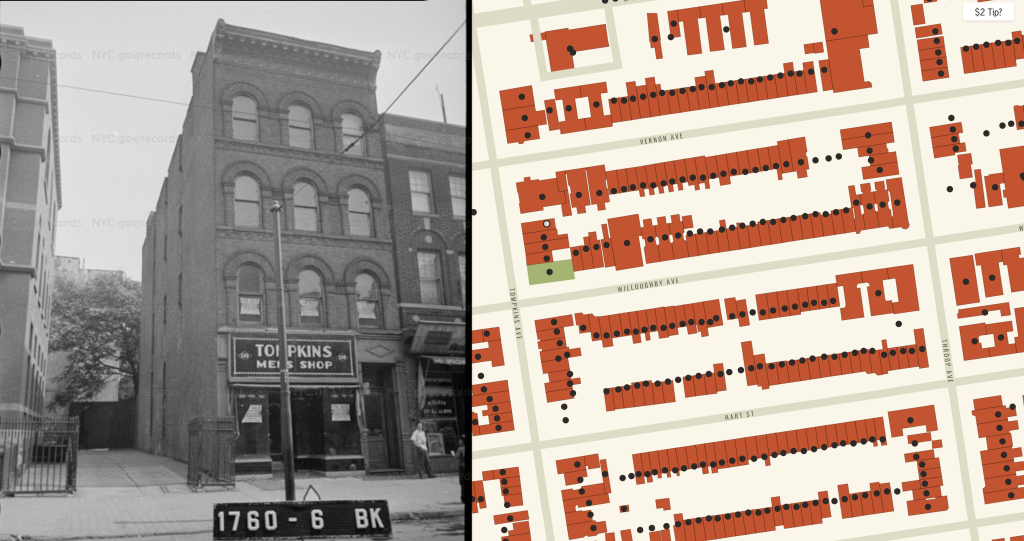
After several minutes, DC Hanson complimented Lt. Callahan for “preserving excellent discipline and having the blotter in perfect order” and the party left the building.
At approximately 5:20 am, upon the return of Capt. Buchanan to the station-house, Lt. Callahan exclaimed “Thank God you have come, for this thing has upset me.” Lt. Callahan gave a verbal report on the matter and added “I feel pretty nervous, Captain. I was mighty glad that we had everything in good shape.”
One article reported that Lt. Callahan then “dropped dead of heart disease before the door had more than closed behind the Deputy Commissioner.” Another newspaper wrote that within minutes of the party’s departure, “Callahan began to gasp and his head fell forward on his arm, which rested on the blotter.”
An ambulance was summoned from Bushwick Hospital, which brought Ambulance Surgeon Hatzel to the station-house. Police Surgeon Henry King, and Dr. Henry C. Keenan, of Bushwick Ave., were also summoned.
The news of the circumstances of Lt. Callahan’s death broke citywide on Monday, January 11, and certainly must have caused quite a stir at PDNY Headquarters, located in the new building at 240 Centre Street, Manhattan.
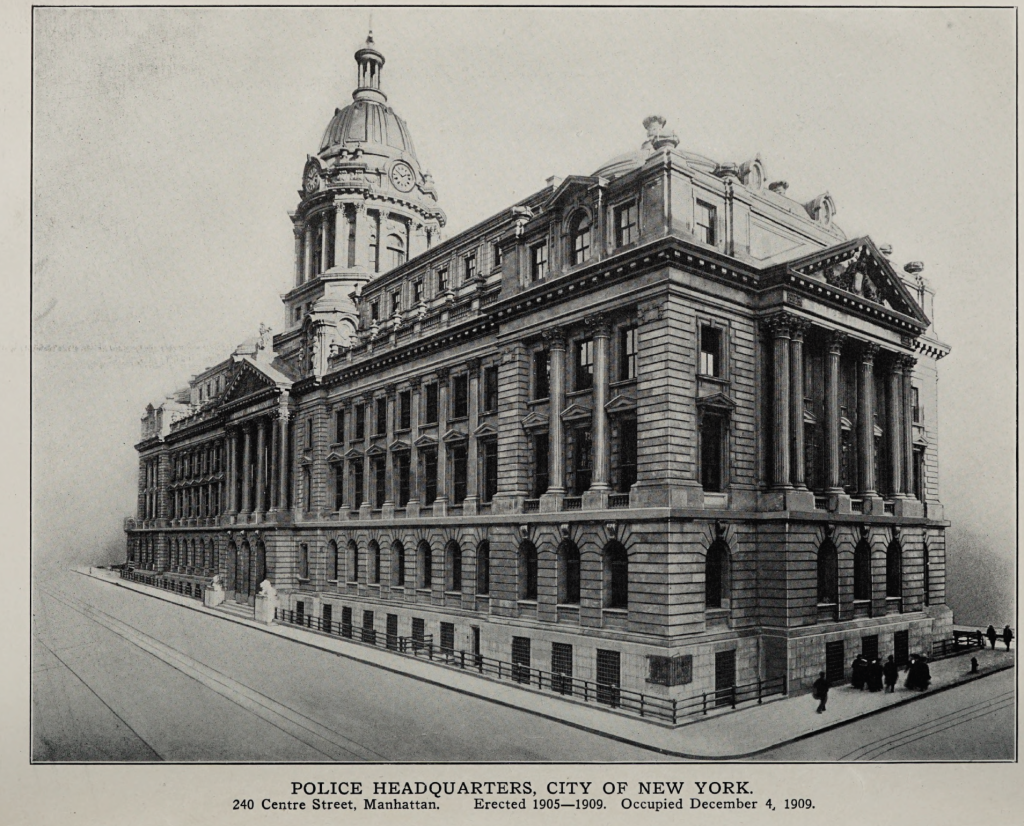
The New York Times, on January 11, 1909, wrote: “To the sudden appearance of Deputy Commissioner Hanson and five members of his staff at the Vernon Avenue Station is attributed to the collapse and death of Lieutenant John Callahan. According to several surgeons, the fright he received was too much for his heart, which had been troubling him recently.”
Another newspaper reported that when Mrs. Callahan heard the ambulance rushing by her home, she sensed that something had happened to her husband.
Several of the city’s newspapers carried similar statements, squarely attributing Lt. Callahan’s death to the shock of the timing, and method, of carrying out the surprise inspections.
According to the Brooklyn Daily Eagle (January 11) Lt. Callahan’s death from “Heart disease is the reason given on the police slips.”
According to news reports, the officers of the 158th Precinct had no objection to such inspections, but strongly objected to the methods.
Regarding the officers’ objections, the Brooklyn Daily Eagle reported:
“…the force to the methods of Sunday morning was that the deputies and those who were with them surrounded the police stations as if they were disorderly houses, watched every outlet, kept them like rats in their holes and routed them out in the most disturbing fashion. But it is plain that Commissioner Bingham is a diligent reader of the Eagle, the men say, for he took a leaf out of the Eagle’s book in directing the proceedings yesterday morning.”
Regarding the above words “..leaf (page) out of the Eagle’s book”…months earlier the newspaper had used an automobile to survey seventy miles of Brooklyn, searching for patrolmen. Fifty-one were found on post.
The headlines, articles, and reported statements by physicians resulted in the convening of a coroner’s inquest into circumstances surrounding the lieutenant’s death. It was common in the period for coroners to hold inquests, similar to a grand jury presentation, to determine if any criminal culpability rests with any person in connection with a death. This development certainly caught the attention of PC Bingham.
Coroner’s Inquest Convened Into Death
In the era, it was not required that coroners be medical doctors. It is believed that Coroner Kennedy was not a medical doctor, but had the same on his staff, including Dr. Charles, Wuest, the doctor covering the “Eastern District (Brooklyn).
In an article, published on Monday, January 11, in the Brooklyn Daily Eagle, it was reported that Dr. Wuest, “sent in word to the coroners’ office this afternoon that, in his opinion, from the facts recited to him, the death…was due to shock. The physician gave this as the primary cause of death, and said, in addition that in his opinion, the shock produced cardiac dilation.” The article continued “If the deputy commissioner had come in at the front door, it is believed the shock would not have been so great.”
The Brooklyn Citizen’s article, on January 11, broke the news that Coroner Kennedy had learned from a preliminary report, provided by coroner physician, Dr. Charles Wuest, subsequent to an autopsy, that Lt. Callahan’s death was “due to shock.” Coroner Kennedy ordered that an inquest be held on the evening of Thursday, January 14 at the Office of the Coroner, Municipal Building, Manhattan.
Additionally, Patrick E. Callahan, Esq., “charged to-day that the lieutenant had been frightened to death. He attributed his brother’s sudden end to the “damnable theatrical business of the present police administration.” At the time of his sudden death, Lt. Callahan was forty-nine years of age.
The following day, Tuesday, January 12, the Brooklyn Daily Eagle reported that the members of the Callahan family “are feeling most bitter against the police methods which, they claim, resulted in the lieutenant’s sudden death.”
While Coroner Kennedy was preparing for the inquest, and summoning witnesses, the Callahan family was mourning, and preparing to bury their loved one.
Lt. Callahan’s body was viewed in his residence and taken to St. Ambrose Roman Catholic Church, at the intersection of DeKalb & Tompkins Avenues, for a Funeral Mass. On Wednesday, January 13, 1909, Lt. Callahan was buried at the Holy Cross Cemetery, 3620 Tilden Ave., Brooklyn.
One week after his death, and with five mouths to feed, widow Margaret Callahan petitioned the Surrogate’s Court of the County of Kings for the sum of $125.00, which she attested was the property of her late husband.
The inquest took place as scheduled. Third Deputy PC Hanson testified, in essence, that he and his party entered the 158th Pct. S-h via the front door at approximately 5:00 am; that he wore “no disguise;” that after finding the records in order, he complimented Lt. Callahan; and that, during his twenty minutes in the s-h, he observed no signs of illness by the lieutenant.
Doorman Samuel Pearson testified that he witnessed the party enter the station-house; that they immediately seized the records from the desk where Lt. Callahan was seated; and that he was certain that the party entered via the front door.
Detective Finley testified that he was in a rear room of the s-h; that he first took note of the party when they suddenly burst into the room; that Lt. Callahan appeared normal and in good spirits to the moment he collapsed.
Dr. Keenan testified that he was summoned to the s-h after 5:00 am and was advised that Lt. Callahan was seriously ill; that upon arrival he medicated the lieutenant with a stimulant, but it was to no avail; and that he could only opine that apoplexy caused the lieutenant’s death.
Apoplexy, according to the website MedicineNet, is defined as “A venerable term for a stroke, a cerebrovascular accident (CVA), often associated with loss of consciousness and paralysis of various parts of the body.”
Lt. Maurice Hannon, Esq. a member of DC Hanson’s party, testified that he had a conversation with Lt. Callahan in a rear room; that they drank water; and that Lt. Callahan said “I feel shaky; I am very nervous, but I am glad that everything was found all right.”
Two days after burying her husband, Mrs. Margaret Callahan testified that; to the best of her knowledge, her husband never had a heart attack and that prior to his death appeared in excellent health.
It was reported that at this time, Coroner Kennedy, and his assistant, Dr. Wuest conversed. Coroner Kennedy then addressed the jury and said:
“Gentlemen, I have called you to assist me in the case, and possibly in other cases; but it is useless for you to retire (for deliberations), as I know what your verdict will be. There is not a vestige of criminal responsibility shown in the testimony, and I am therefore able to arrive at the conclusion myself. You are discharged.”
It is notable that Dr. Wuest did not testify and that his final autopsy report was not given to the inquest jury.
Four days after his death, two days after his burial, and on the same day as the termination of the coroner’s inquest, the following article appeared in the Brooklyn Daily Eagle, January 15:
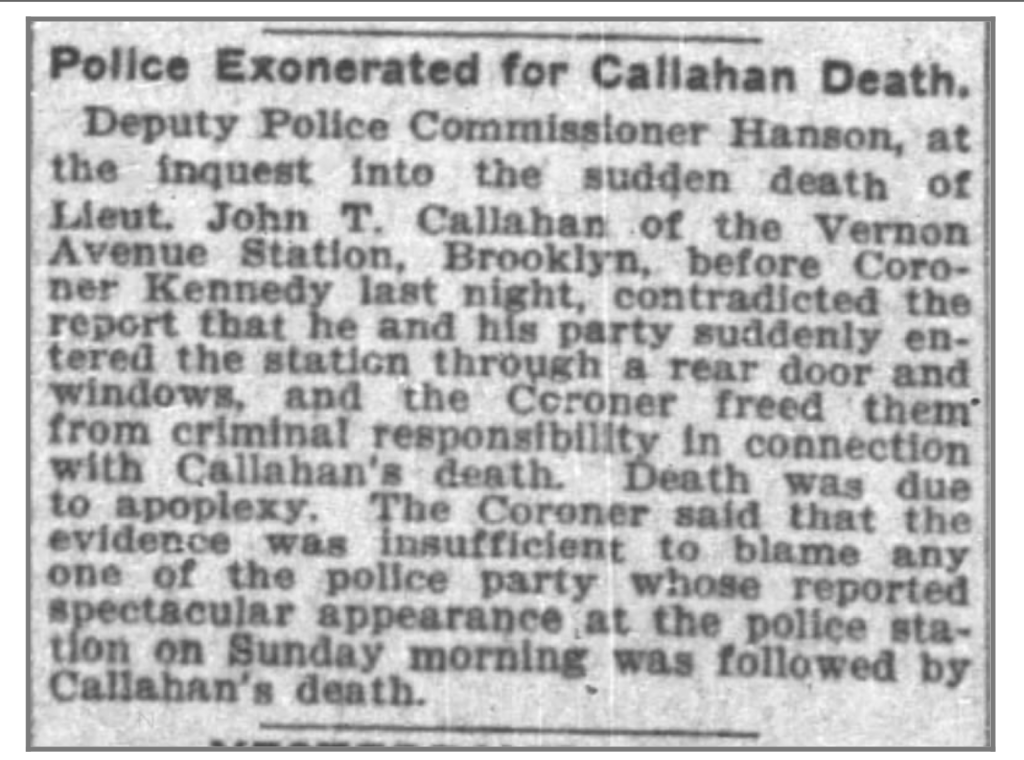
Closing Statement
A record of Lt. Callahan’s death was not found on the NYPD’s memorial website, or that of the national repository of all officers in the United States killed in the line-of-duty, the “Officer Down Memorial Page.”
A search of the Annual Report of the PDNY for 1909, did not list Lt. Callahan’s death, but listed many others. A death certificate is on file in the County of Kings.
In light of the weight of the above evidence, the appropriate officer at the NYPD will been contacted. The department has an internal process by which deaths, like that of Lt. John Thomas Callahan, are reviewed in an effort to determine if an official designation as a line-of-duty death is warranted.
With prior approval from the NYPD, the case has been submitted to the NYPD for review to determine whether or not it qualifies for recognition as a LODD.
A great-granddaughter of Lt. Callahan’s brother, Patrick E. Callahan, Esq. has been identified and contacted. She is the great-grandniece, of the lieutenant and resides in Pennsylvania. She relayed that she, and the family, are excited to learn of this research and the efforts to have her uncle’s death reviewed by the department.
It is the custom of the NYPD to honor the fallen by placing a photograph (if available) and plaque in station-house within whose jurisdiction the LODD occurred. According to the NYC precinct locator website, the intersection of Vernon & Tompkins Avenues (the location of the old 158th Pct. S-h), is in the confines of today’s 79th Precinct, located at 263 Tompkins Ave, in the Bedford-Stuyvesant area of Brooklyn.
The official motto of the NYPD is “Faithful Unto Death.” Lt. Callahan demonstrated that he lived up to this motto throughout his career, even to the moment of his untimely, tragic, and shocking death on January 10, 1909.
The department has done the right thing in many cases in the past, and certainly lives up to the maxim to “Never Forget” those who have died in service to the city.
Today, Brooklyn PD’s Thirteenth Pct. S-h, later designated as the NYPD’s old 158th Pct. S-h, still stands, but is no longer owned by NYC.
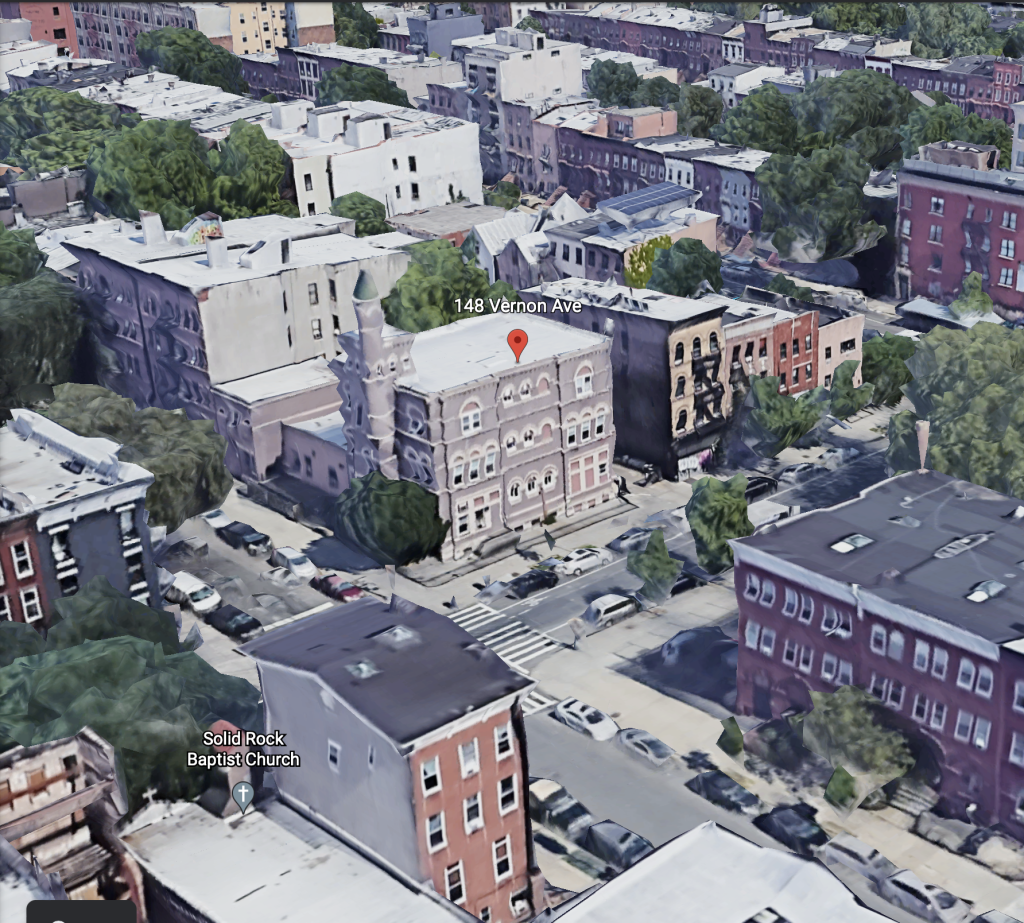
Note: The 108 research findings used to prepare this in-depth article (which took approximately thirty hours to research, write and post) are offered to the NYPD to assist them in their review process. Should any reader have a question about the source of any fact written in this article, just ask and a source(s) will be provided.



Leave a Reply
You must be logged in to post a comment.